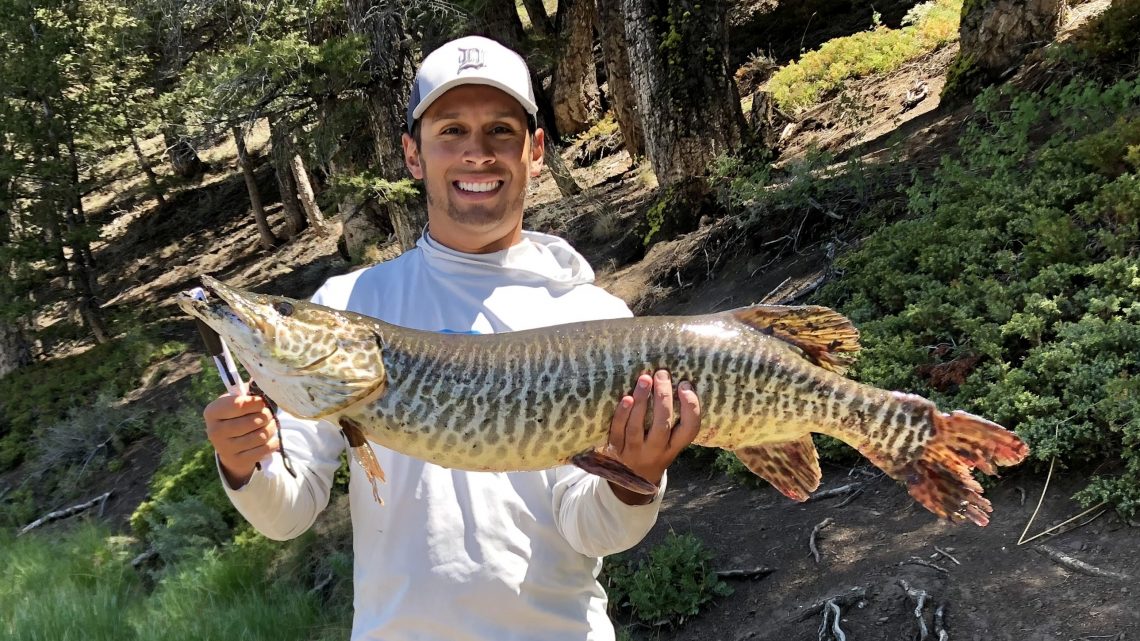
With Halloween upon us, it’s time to answer a spooky fishing question: What is the scariest fish in Idaho?
Our state’s list of contenders is comparatively short. Coastal states have an entire ocean full of fierce predators to contend with. Some landlocked states harbor freshwater monsters, too. The massive alligator gar—a river giant of Texas and the South—lives up to its name with a snout full of interlocking teeth. I had the fortune of catching a 6-foot-7 gator gar a few years ago, and it’s an experience I’ll never forget! Florida’s invasive snakehead and the enormous muskies of the Great Lakes region are pretty terrifying, too. But the question remains: what’s the scariest fish swimming in Idaho?
- White sturgeon. Capable of growing to 10 feet long and weighing over 300 pounds, sturgeon are North America’s largest freshwater fish. Their size and power alone are intimidating—more than once, I’ve heard someone swear they’d never swim in the Snake River again after seeing one of these prehistoric giants. But upon closer inspection, sturgeon are mostly harmless. Their toothless mouths are built for bottom feeding, not tearing off chunks of flesh. Sturgeon are impressive, but I can’t give them the nod as scary.
- Walleye. These toothy critters have been making headlines for showing up where they aren’t wanted. Idaho anglers and authorities worry a widespread walleye population could negatively impact other fish, including salmon and steelhead. That’s certainly a scary thought (and a column for another day), but despite their ferocious appetites, walleye aren’t scary enough to take top prize.
- Tiger Muskie. Razor sharp teeth? Check. Massive size capacity? Check. Explosive ambush predator habits? You bet. I think we have our winner for the scariest fish in Idaho!
Tiger muskies—a sterile hybrid between a northern pike and a muskellunge—are rare finds. Little Payette Lake in McCall is our most notable fishery, and they’re also found in Lake Cascade and a handful of remote alpine lakes. Idaho Fish and Game recently stocked tigers in Lake Lowell, but anglers haven’t caught any big ones yet.
Muskies look menacing, and they can eat any fish that fits in their mouths, along with birds and rodents that venture into their lair. Attacks on humans are very rare, but if you’re lucky enough to catch one, handle it with care. Their teeth and razor-sharp gill plates can inflict serious damage on hands and fingers!
Tiger muskies have another nightmarish quality—they are notoriously difficult to catch. Known as “the fish of 10,000 casts,” muskies have a penchant for following lures, but rarely striking. I’ve only seen a few successfully landed, but they rank among the most exciting and memorable catches of my career. If you want to try for one, make sure to use strong tackle and a wire leader to prevent them from biting through your line!
Have a safe and spooky Halloween. Tight lines!